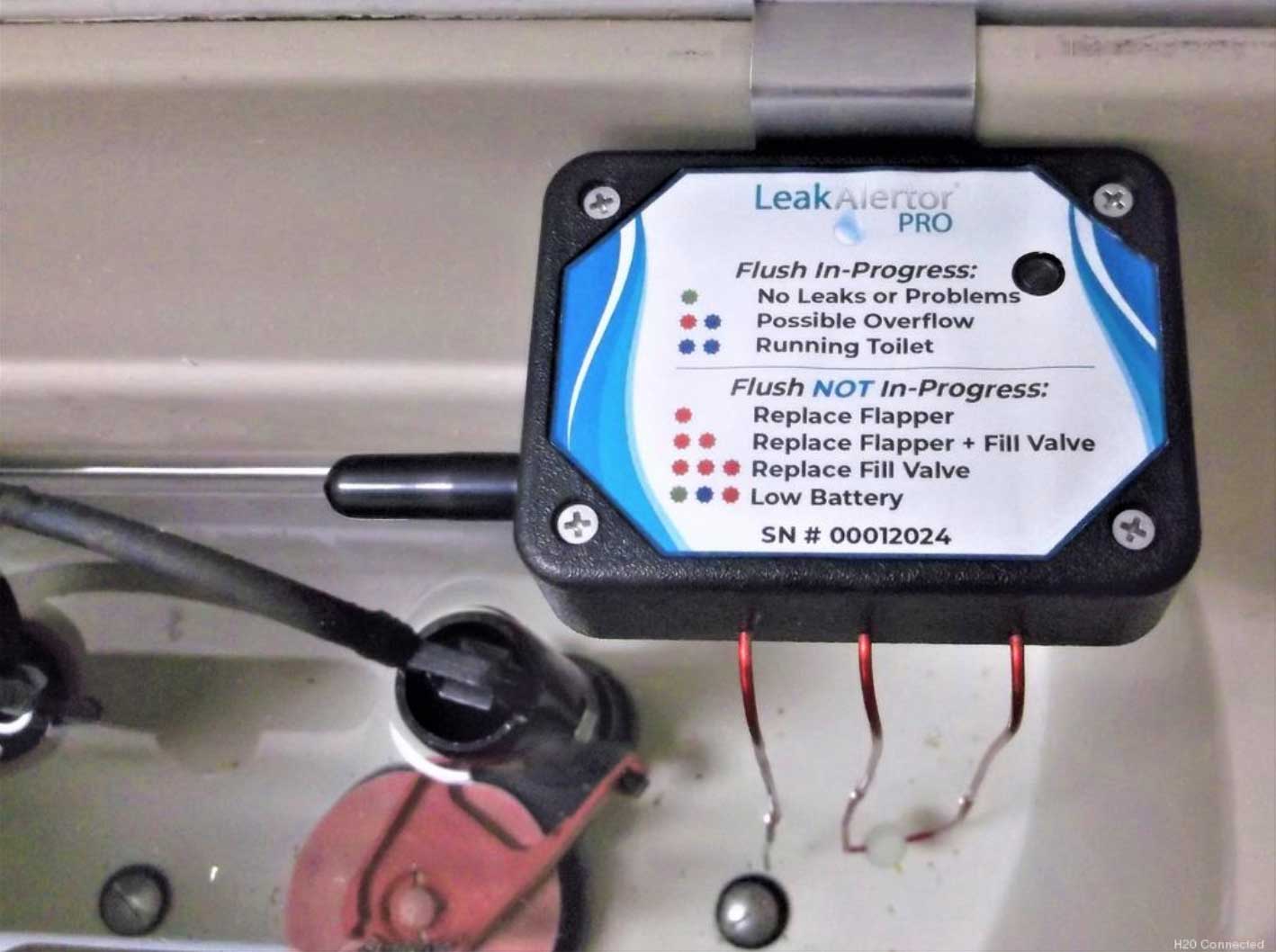Ever turned your alarm system on from your tablet, answered a phone call over your car stereo or lowered the temperature in your home using your laptop? Welcome to the Internet of Things (IoT), an exciting, technologically compelling sector that permeates our lives and has literally grown up over the course of Chariot Solutions’ 20 years in business.
The Evolution of IoT
IoT is the connection between software and the physical world around us. It started as something of a lark with hobbyists connecting computers with physical devices, but it rapidly became real as networking opened new doors into what was possible.
An early focus for the industry was home automation and home security. Now, we’ve progressed to the point where our teams are using microcontrollers and Bluetooth to control water methanol injection on a race car and to help healthcare devices remotely monitor patient conditions.
Chariot’s experience with connected devices began more than a decade ago when Android introduced near field communication (NFC). Initially, we experimented with these devices that were only able to communicate with things within their immediate vicinity. Then, computers used wires to interact within a wider sphere of influence. Today, with the addition of networking – whether Bluetooth, Wi-Fi or other – we are able to unleash computers and devices by connecting them with things anywhere on the planet.
More to IoT Than Meets the Eye
The beauty of IoT is that it can be so simple in concept. It’s software interacting with the real world – very different from hitting a key on your computer to paint a picture on a screen or post on social media. All it takes is a small, cheap computer with a network connection speaking to inexpensive sensors and an actuator to turn a lightbulb on or off.
Of course, the reality is that the programming and connections are incredibly complex. Consider a smart thermometer. Inside, it has a temperature sensor and a connection to your heat pump, enabling it to turn the heat pump on and off depending on the temperature. But it also features a Wi-Fi radio, a microcontroller and a general-purpose input/output (GPIO) that allow it to have a two-way conversation with your phone so you can adjust the temperature remotely.
These points of interaction are complex and must account for a lot of variances like battery life, network connection, data collection and even consumer privacy. Decisions about each of these impacts the others, requiring a sometimes-delicate balance.
For example, we helped design a remote leak detection system for toilets with a battery that had to last for five years. We first had to decide what network was most appropriate. There are several options, from Bluetooth (battery efficient but limited range) to low-power wide-area networks (LPWAN) to cellular, and many in between.
Shown: the LeakAlertor, a device designed by the Chariot team that allows facility managers to get a central data feed that shows in real time which toilets are leaking and what to fix without a guessing game that wastes time and money.
Since this application was to be used in commercial real estate all over the country, we enabled network access through Wi-Fi – a more potent networking option but one that also required a lot of power. To counteract this power draw and preserve battery life, we programmed the device to send data at intervals rather than continuously. Of course, if a leak was detected it would send the info immediately because the priority was no longer preserving battery life but rather reporting the leak.
Beyond these development decisions, IoT systems also involve data management and privacy elements. Device sensors are constantly reading data and then sending it on to servers in the cloud or individual devices.
Pipelines must account for specific use cases and all the data must be managed in a way that protects individuals’ privacy. Consider home security systems and cameras – these must be built and managed in a way that keeps users’ data protected.
The Future of IoT
Looking ahead, there are nearly unlimited possibilities for new and innovative IoT applications.
Right now, the automotive industry is seeing accelerated development with integrations to cellular networks and mobile operating systems. Vehicles have always had microcontrollers in them, but the incorporation of cellular networks opens a vast new range of opportunities. Healthcare and wearable devices are also incredibly exciting.
The reality is that IoT will continue moving faster and further afield. We have ever-cheaper microcontrollers and sensors, we can apply machine learning models on everything, and network connections are faster and stronger. But no matter how far the field advances, Chariot teams and developers will continue to help set the pace.

